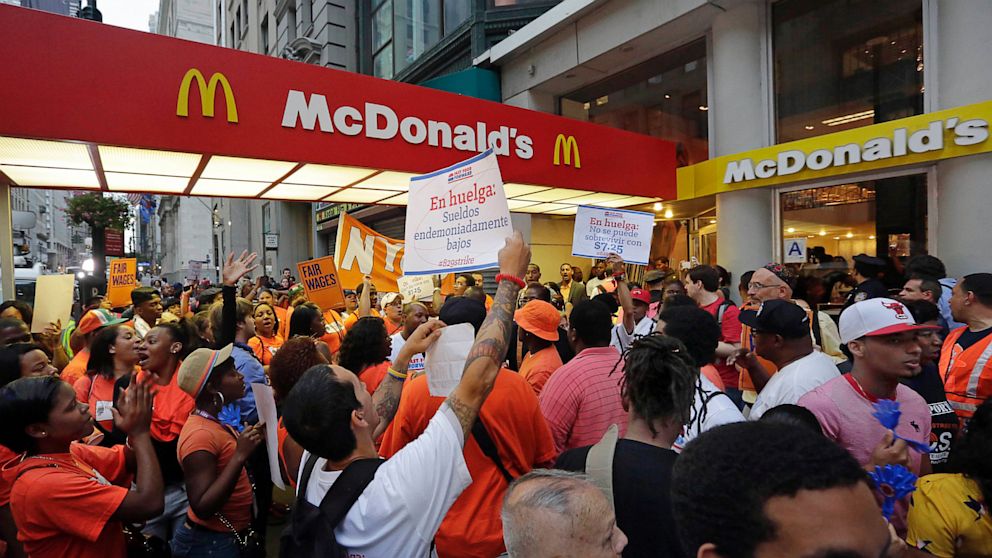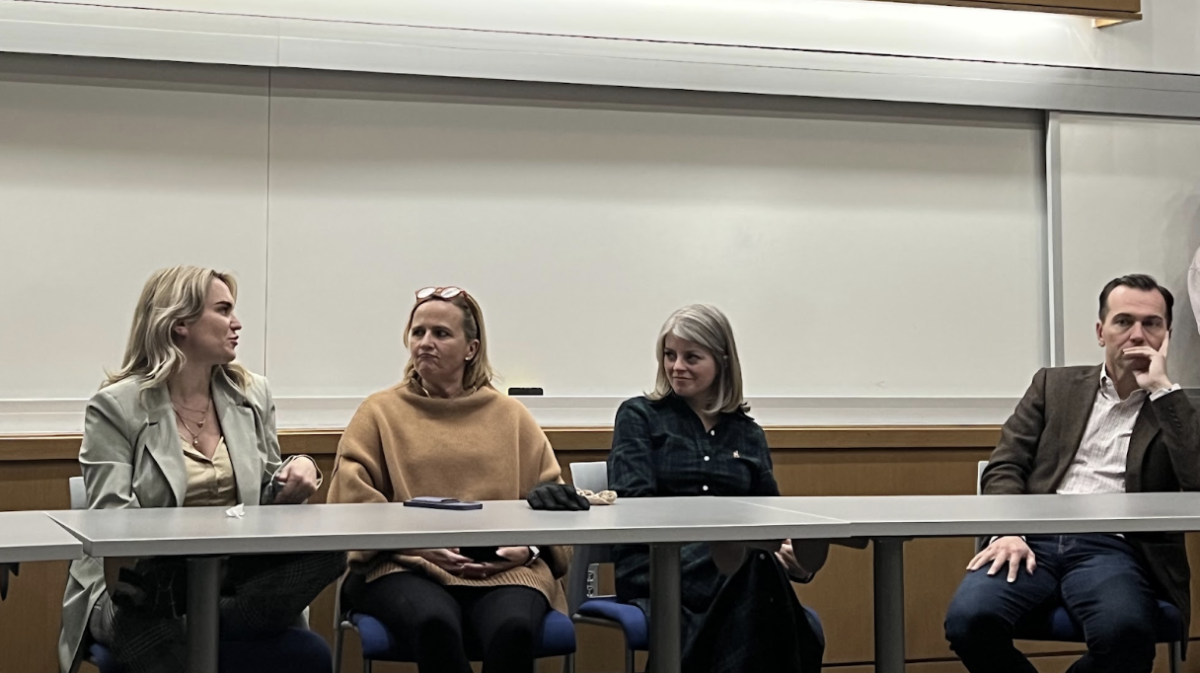You’ve heard the news by now. The US unemployment rate fell from 8.3% to 8.1% in the month of August. It’s a small drop, but what does it mean? Does it mean anything?
Paul Ryan says the report “is not even close to what a recovery looks like.” Obama says “it’s not good enough.” The political consensus? It isn’t a great figure.
However, the .2% drop on its own isn’t enough to call for despair. The Bureau of Labor Statistics, the agency responsible for creating the monthly jobs report, breaks down the drop.
These reports aren’t rocket science. You don’t have to be an economist to read them, and they’re easy to access online. The reports avoid explaining the data, they simply put the numbers out there. Underneath the overall drop in unemployment, there are several factors at work.
The report opens with total nonfarm payroll employment, which rose by 96,000 jobs in August. The report later breaks down the gains and losses by industry, but this data is largely irrelevant to the impact of this report. Considering that the margin of error of these reports is about 100,000 jobs, we can ignore the number of jobs added.
The most interesting data has nothing to do with gained or lost employment. The real focus of analyzing the August jobs report is an exercise in examining the labor force.
The labor force is comprised of all people employed or actively looking for work. How “actively looking for work” is defined varies by figure. For the most part, journalists and politicians pick the measure that only includes people who have looked for work in the past four figures. However, the Bureau of Labor Statistics reports in more detail. It includes figures for people employed as involuntary part time workers, and people marginally attached to the labor force.
The marginally attached figure includes individuals who have looked for work in the past 12 months, but are not considered part of the labor force. This number includes the hot button topic of discouraged workers. Increases in discouraged workers can lower the unemployment rate while increasing the number of jobless Americans. In the past, this has created distortions in the media analysis of unemployment. However, the amount of discouraged workers has actually fallen over the past year.
This is important, because several analysts have pointed out the falling labor force. In August, the labor force fell by 368,000 people. If discouraged worker rates didn’t increase, what gives?
Mark Gongloff and other analysts have started to look into this mystery. Their findings? Of the 2.7 million who left the labor force, about 2.2 of them aren’t looking for work. Of this 2.2 million, 1.6 million of them are over 65. It looks like the labor force has shrunk due to baby boomer retirement.
Gongloff is quick to point out that these retirements may be forced by the economy, and some of them may be risky. There is still another 600,000 drop outs who cannot be easily accounted for.
This isn’t unexpected. Morgan Housel points out 2002 research by sociologist Robert Szafran, an Austin State professor who predicted a drop in the labor force due to demographic changes. With the baby boomers hitting retirement age, it looks like the labor force will continue to shrink.
It’s too early to come to definitive conclusions about what the August jobs report means. It’s nothing to celebrate, but it may not be a sign to despair.
—
Image source: http://reddogreport.com/2011/04/new-unemployment-claims-remain-above-400000/brooklyn-academy-of-music-hosts-career-fair-for-job-seekers/
















